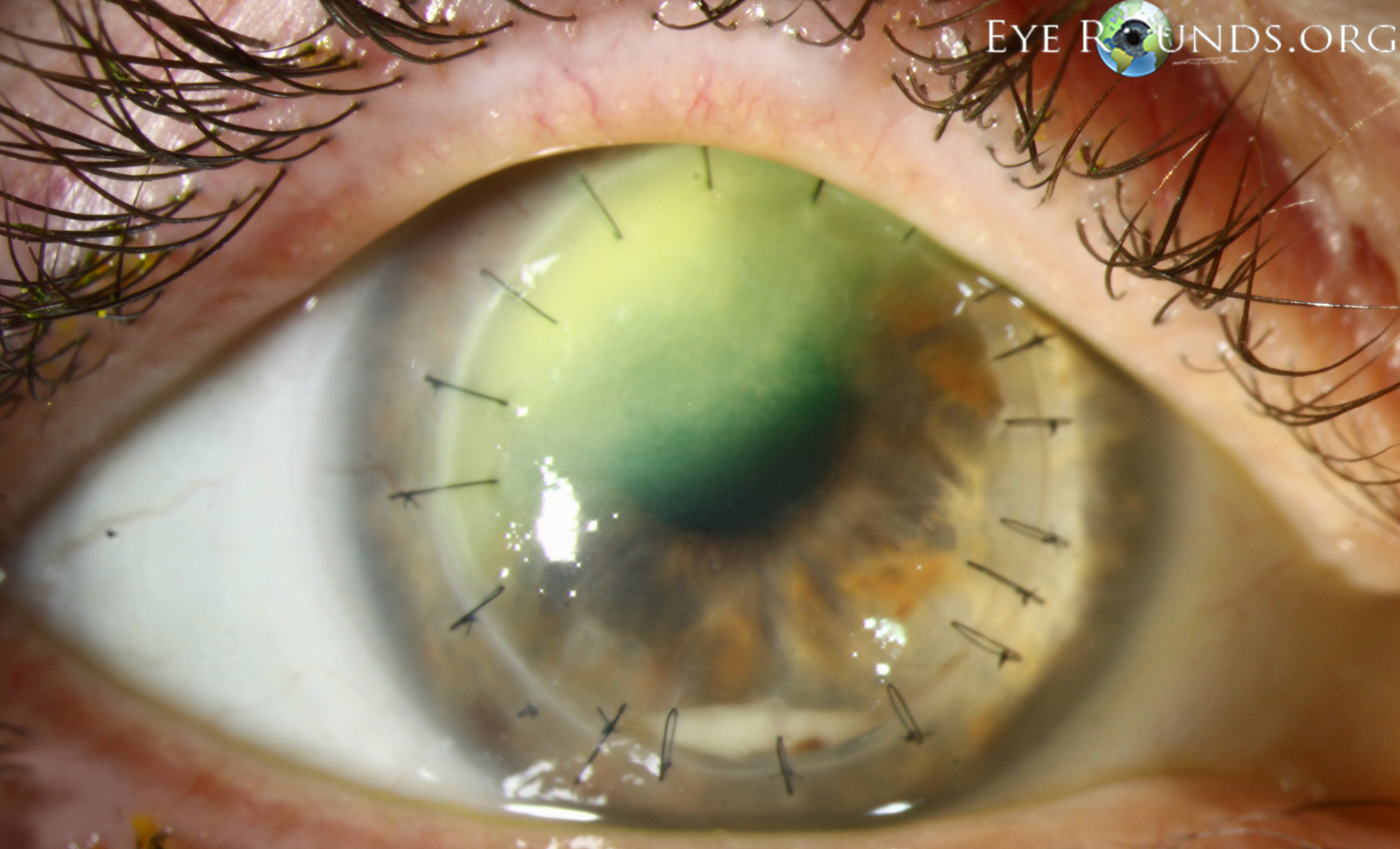
Fungal keratitis is much less common than bacterial keratitis in the United States. Risk factors for developing fungal keratitis include trauma with vegetable matter, immunosuppression (especially with topical corticosteroids), and contact lens wear. The classic appearance of fungal keratitis is a gray-white, dry-appearing infiltrate with feathery borders. However, these findings are not always present, nor are they pathognomonic for the disease, so corneal cultures, smears, and scrapings are often utilized to aid in the diagnosis.
In addition to these traditional detection methods, in vivo confocal microscopy has proven to be an advantageous tool in the timely diagnosis of fungal keratitis. By providing the ability to directly visualize the presence of fungal-like structures throughout the entire depth of the cornea, confocal microscopy allows for a more rapid detection of fungi. Additionally, given the noninvasive nature of confocal microscopy, it can be used repeatedly over time to monitor response to treatment based upon the density of fungi.[1]


Ophthalmic Atlas Images by EyeRounds.org, The University of Iowa are licensed under a Creative Commons Attribution-NonCommercial-NoDerivs 3.0 Unported License.